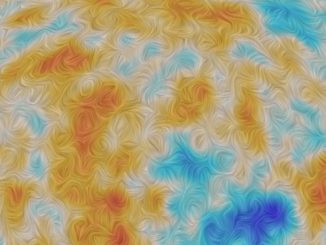
CMB

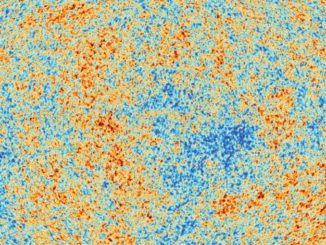
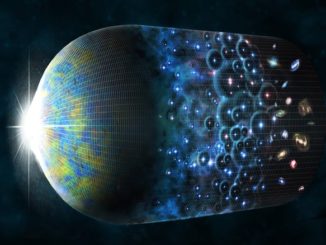
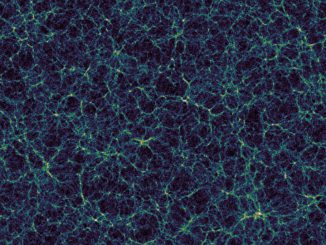
Cosmologists show that universe is expanding uniformly
The universe is expanding uniformly according to research led by University College London (UCL). The researchers studied the cosmic microwave background (CMB) which is the remnant radiation from the Big Bang. It shows the universe expands the same way in all directions, supporting the assumptions made in cosmologists’ standard model of the universe.
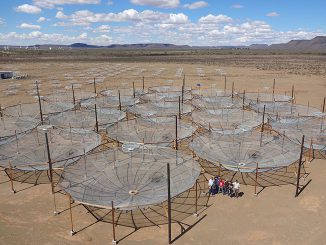
What happened after the lights came on in the universe?
The National Science Foundation has approved funding to expand the Hydrogen Epoch of Reionisation Array (HERA) in South Africa. Upgrading the number of antennas from 19 to 240 by the year 2018 will enable HERA to study more clearly the impact of cosmic dawn, the moment a few hundred million years after the Big Bang when the first stars and galaxies blazed awake.
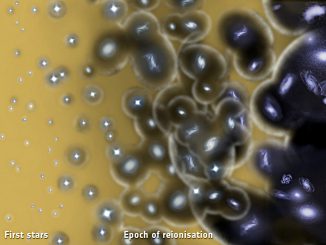
First stars formed even later than previously thought
ESA’s Planck satellite has revealed that the first stars in the universe started forming later than previous observations of the Cosmic Microwave Background indicated. This new analysis also shows that these stars were the only sources needed to account for reionising atoms in the cosmos, having completed half of this process when the universe had reached an age of 700 million years.

New research shows quasars slowed pace of star formation
Galaxies reached their busiest star-making pace about 11 billion years ago, then slowed down. Scientists have puzzled for years over the question of what happened. Now researchers have found evidence supporting the argument that the answer was energy feedback from quasars within the galaxies where stars are born.

Glow from the Big Bang allows discovery of distant black hole jet
Astronomers have used NASA’s Chandra X-ray Observatory to discover a jet from a very distant supermassive black hole being illuminated by the oldest light in the universe. This discovery shows that black holes with powerful jets may be more common than previously thought in the first few billion years after the Big Bang.

Blast from black hole in distant Pictor A galaxy
By combining X-ray data from NASA’s Chandra X-ray Observatory over a 15-year period with radio data from the Australia Telescope Compact Array, astronomers have a better understanding of the active galaxy Pictor A, the supermassive black hole at its core and the enormous jet of particles it generates travelling at nearly the speed of light into intergalactic space.
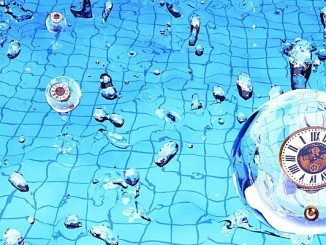
Theorists propose a new method to probe the beginning of the universe
How did the universe begin? And what came before the Big Bang? Astrophysicists have asked these questions ever since discovering that our universe is expanding. New research suggests that subatomic heavy particles act as “primordial standard clocks,” offering a way of probing the beginning of space and time to determine which of the competing cosmological theories is correct.
